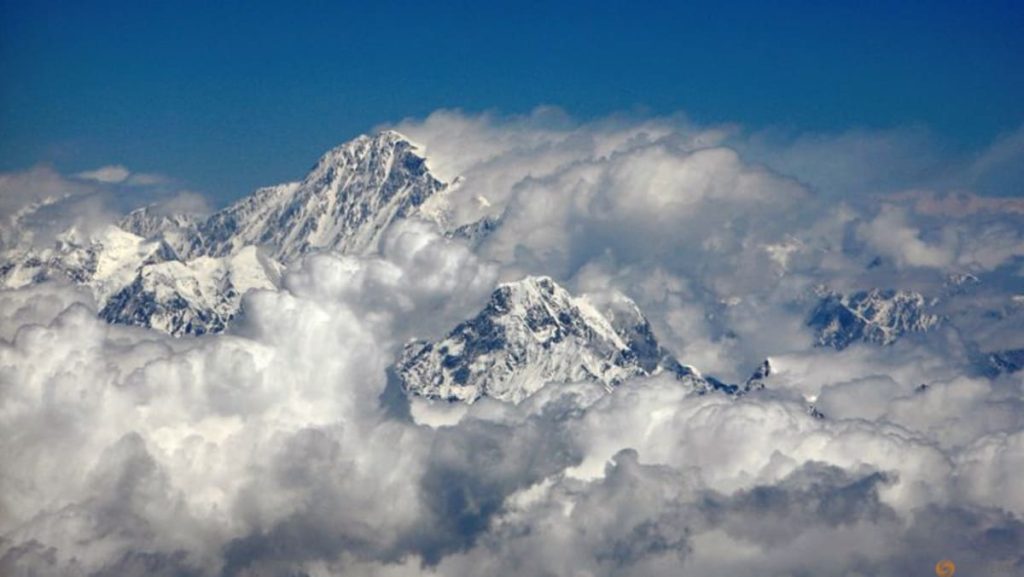Mount Everest is an iconic and fascinating feature of the Earth, serving as a symbol of the planet’s dynamic nature. The Himalayan mountain range, including Everest, was formed as a result of the collision of two tectonic plates, highlighting the ongoing geological processes that shape our world. Named for George Everest, a British surveyor in the 19th century, the mountain is located on the border between Nepal and Tibet, and holds immense significance both physically and culturally.
As the highest point on Earth, Mount Everest is a majestic and awe-inspiring landmark that captures the imagination of people around the world. It is not only a physical peak, but also a cultural and spiritual symbol for the Sherpa and Tibetan communities who reside in the region. Additionally, Everest is seen as the ultimate challenge for mountaineers, representing human endurance and the desire to push boundaries and exceed limits. This multifaceted significance makes Everest a truly unique and revered feature in human consciousness.
The geological processes that have shaped Mount Everest and the Himalayas are a reminder of the ever-changing nature of our planet. Despite appearing static and unchanging in our daily lives, the Earth’s surface is constantly in motion due to plate tectonics. This continual movement results in the gradual shifting of land masses and the formation of mountain ranges like the Himalayas. Mount Everest’s presence stands as a testament to this dynamic nature of Earth, showing how even the most seemingly permanent features are subject to change over time.
The research highlighting the geology of Mount Everest sheds light on the interconnectedness of Earth’s natural processes. It showcases the intricate mechanisms through which mountains are formed, providing a deeper understanding of the forces that have shaped our planet over millions of years. By studying the geological history of Everest, researchers can gain insights into the broader processes of tectonic plate movement and mountain building, contributing to our collective knowledge of Earth’s dynamic and ever-evolving landscape.
In conclusion, Mount Everest’s unique position as Earth’s highest point and a symbol of human endurance underscores the inherent connection between nature and culture. Its physical grandeur is matched by its cultural significance to local communities and its global reputation as a symbol of challenge and achievement. As we continue to explore and study the geological processes that have shaped Everest and the Himalayas, we deepen our understanding of Earth’s dynamic nature and the constant changes that shape our planet. Mount Everest serves as a powerful reminder of the ongoing evolution of Earth, highlighting the beauty and complexity of our natural world.













